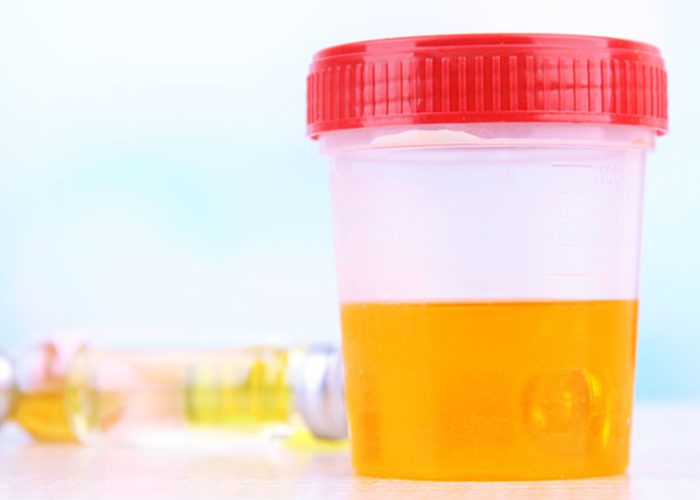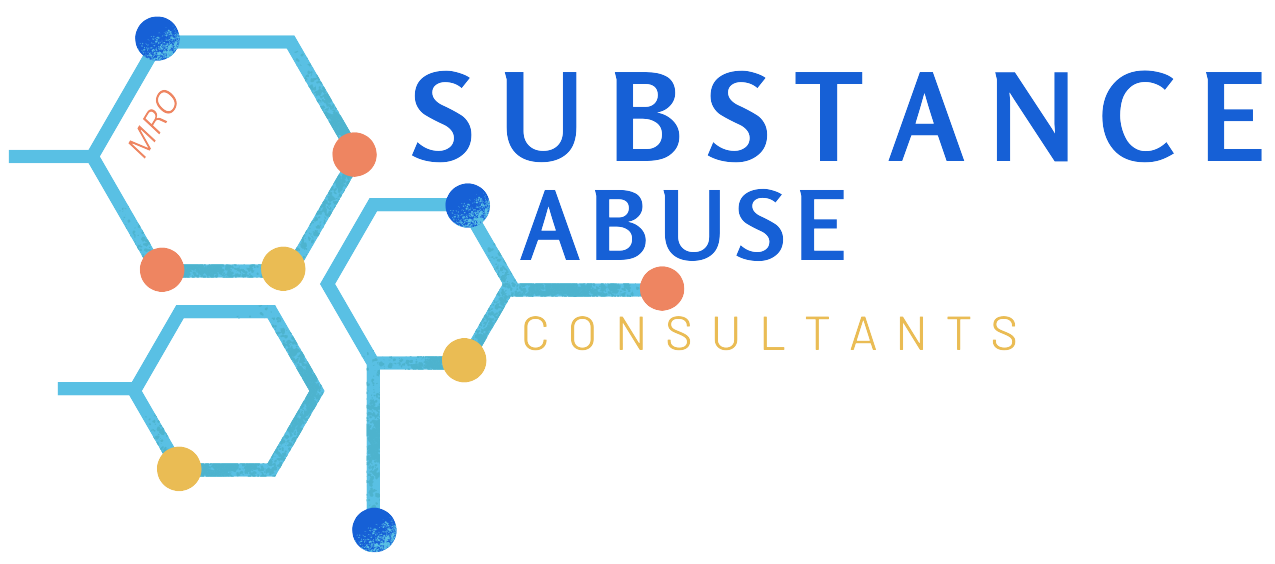What Happens When You Have a Positive DOT-Required Drug Test

When you’re subject to Department of Transportation (DOT) drug testing and test positive, it’s essential to understand the procedures and expectations involved. From providing the sample to potential return-to-duty, this guide will walk you through each step of the process.
Step 1: Providing the Sample
Urine Sample
- Observation: When you provide a urine sample, it must remain in your sight until it is sealed and placed in the shipping container. If it leaves your sight unsealed, the procedure must be redone.
- Temperature Check: Within four minutes, the collector checks the temperature of the urine without contaminating it.
- Documentation: The collector completes a Custody and Control Form (CCF) in seven copies, requiring your date of birth, phone number, and signature on the form and the specimen bottle label.
- Copies: You receive Copy 5 of the CCF.
Step 2: Laboratory Testing and Results
- Shipping: The sample is sent to a certified laboratory.
- Testing: Results are typically available within 24 to 48 hours.
Step 3: Medical Review Officer (MRO) Review
- Review: An MRO reviews the lab results, verifies the chain of custody, and contacts you for any necessary additional information, such as a prescription.
- Outcome: The MRO notifies your employer of the results.

Step 4: Positive Test and DOT Clearinghouse
- Immediate Removal: If you cannot provide a valid medical explanation for the positive test, you are removed from safety-sensitive duties.
- Clearinghouse Entry: Your information is entered into the DOT Clearinghouse, a database tracking violations for CDL holders.

Step 5: Substance Abuse Professional (SAP) Process
Assessment:
- Your employer is required to provide you with a list of DOT-qualified Substance Abuse Professionals (SAPs). You select your SAP (sometimes referred to as Substance Abuse Counselor) based on your research. You must meet with a qualified DOT SAP, who evaluates your situation and recommends a treatment or education program.
- Your designated SAP will evaluate you and provide recommendations for education/treatment.
- Your SAP will determine if you have completed the education/treatment successfully, therefore making you eligible for your return-to-duty test.
- Return to Duty (RTD) Process:
- Treatment/Education: Complete the recommended program.
- Follow-Up Evaluation: The SAP re-evaluates your eligibility for return to duty.
- Observed RTD Test: You must pass an observed RTD drug test.
- Return to Work: If the RTD test is negative, you can return to a safety-sensitive role.
Step 6: Follow-Up Testing
- Unannounced Testing: After returning to work, you must undergo at least six unannounced, observed follow-up tests within the first 12 months.
- Duration: Testing may continue for up to five years based on the SAP’s directive.
Timeline Overview
- Day 1-2: Sample collection and shipment.
- Day 3-4: Laboratory testing and MRO review.
- Week 1: Notification of positive result and removal from duties.
- Week 2-3: SAP evaluation and initiation of treatment/education.
- Week 4-12: Completion of SAP-recommended program and follow-up evaluation.
- Month 3-4: RTD test and return to duty.
- Months 4-16: Unannounced follow-up testing begins.
Conclusion
A positive DOT-required drug test sets off a series of critical steps designed to ensure safety and compliance. Understanding this process can help you navigate it more effectively and work towards regaining your eligibility for safety-sensitive duties. The key is prompt action, compliance with recommendations, and a clear commitment to DOT regulations.
